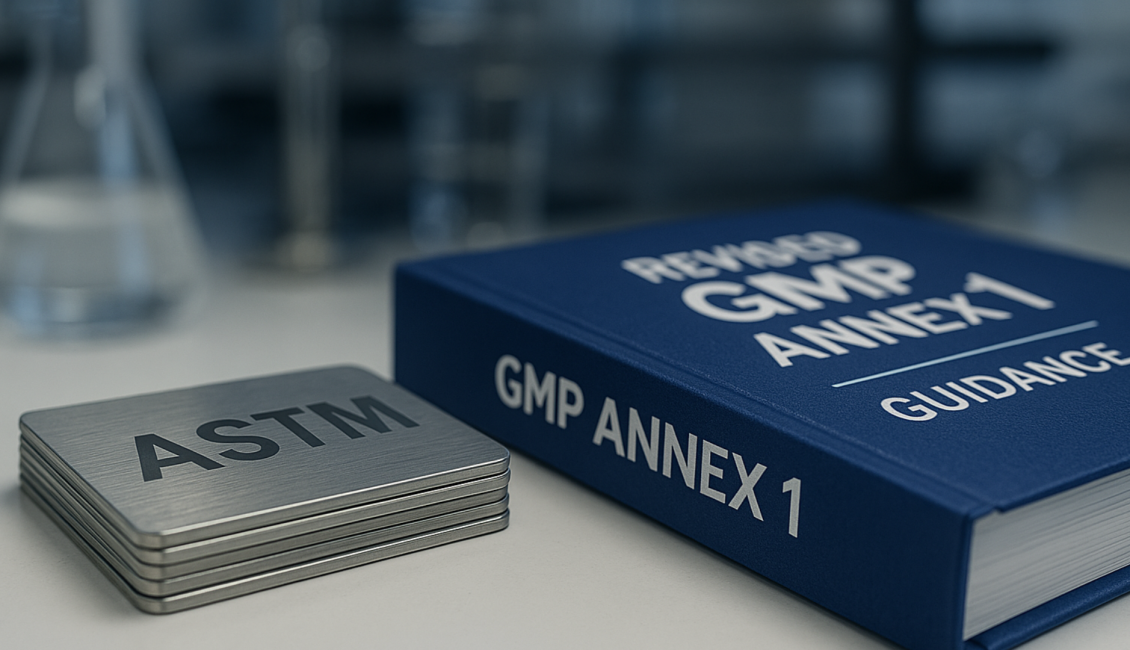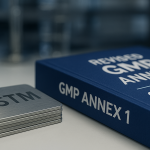
The 2022 revision of EU GMP Annex 1 has introduced more stringent expectations for contamination control in sterile manufacturing, with direct implications for cleaning processes and their validation. One of the key changes is the requirement to validate the entire disinfection process not just the disinfectant product. This includes assessing the effectiveness of cleaning agents on relevant surfaces, considering application methods like spraying or wiping, and ensuring ongoing efficacy throughout their use. Additionally, manufacturers must demonstrate the effective removal of disinfectant residues to minimize the risk of cross-contamination or interference with product quality.
A notable aspect of the revision is its strong alignment with Quality Risk Management (QRM) principles. Annex 1 now requires a structured contamination control strategy (CCS) that is integrated into the pharmaceutical quality system. Facilities are expected to assess potential contamination risks, select appropriate cleaning agents and frequencies, and justify these decisions with scientific data. Environmental monitoring also plays a larger role, with requirements to track changes in microbial flora to inform rotation strategies and cleaning procedures.
To meet these elevated standards, ASTM guidelines provide practical and scientifically grounded support. ASTM E3106 offers a framework for science- and risk-based cleaning process development and validation, reinforcing lifecycle concepts that are central to both Annex 1 and ICH Q9. ASTM E3418 helps determine health-based residue limits for cleaning validation, incorporating toxicological assessments and statistical methodologies. These standards ensure cleaning limits are justifiable, measurable, and aligned with patient safety. Furthermore, ASTM F3127, though initially focused on medical devices, offers valuable insights into equipment design, sampling methods, and analytical techniques that can be applied to pharmaceutical environments.
Together, Annex 1 and the supporting ASTM standards push the industry toward a more integrated, science-driven approach to cleaning validation. Facilities that adopt these principles can improve regulatory compliance, reduce contamination risks, and support consistent product quality through robust, risk-based cleaning programs.
Stay updated and joining the 2nd Cleaning Process & Validation Conference, 19-20 November, Prague and Online.




